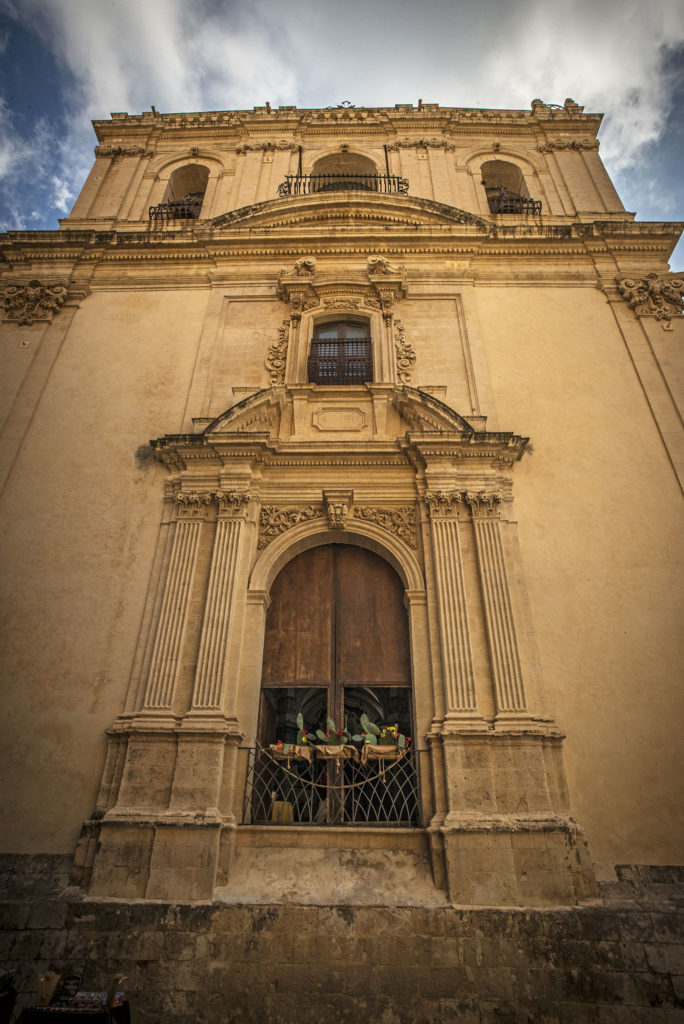The church of Santa Chiara (St. Claire) is located on the corner of the main street, Corso Vittorio Emanuele, and Via Pier Capponi near Porta Reale. It was built by the Benedictine nuns who wanted to build the
monastery
and the church attached to the convent. The work was entrusted to the great architect
Rosario Gagliardi
, who oversaw both
projects
.
Though the monastery no longer reflects the original design due to various changes over time, the same cannot be said of the church. The religious building, completed in 1758, is small in size and has a façade which is also small and similar to a bell tower spread across three storeys.
On the first storey there is the old entrance, no longer used today because the street level was lowered. The second has a
louvre
window;

and the third a bell tower and roof terrace with excellent views over the whole city of Noto.
The new entrance was built on the right side of the building, where a side staircase grants access to the church. The material used for the façade is the unmistakable white limestone, which, when lit up by the sun, turns the colour of gold!